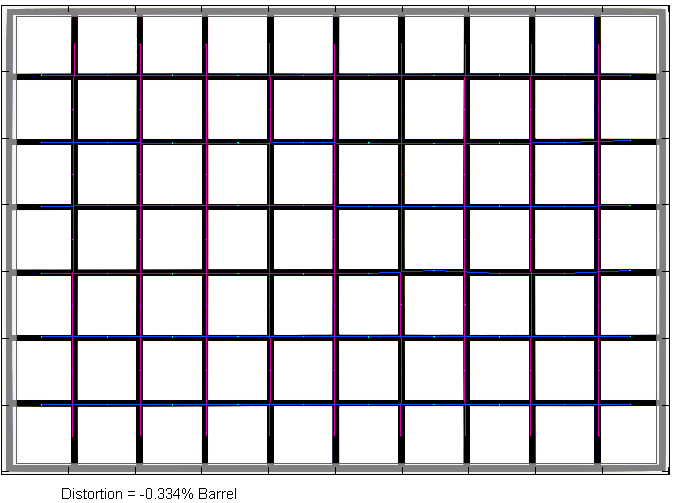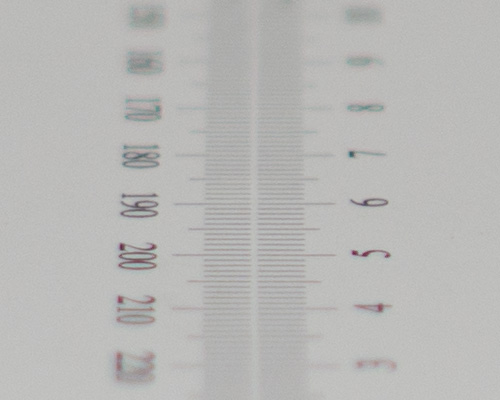|
Sony E 35mm f/1.8 OSS (SEL-35F18) - Review / Lens Test Report - Analysis |
|
Lens Reviews -
Sony NEX
|
|
Page 2 of 3

Distortion
The Sony lens produces only a marginal amount of barrel distortion (~0.3%) so it's fairly obvious that it hasn't been under-designed like some lenses in other mirrorless systems.

Vignetting
The light falloff at max. aperture is rather hefty at ~1.6 EV (f-stops). Stopping down to f/2.2 resolves some of the issue and the vignetting is mostly gone from f/4 onward. However, this is a little "late".

MTF (resolution)
So far we weren't overly impressed by most Sony NEX lenses but the E 35mm f/1.8 OSS came as a positive surprise actually. At f/1.8 the contrast is somewhat reduced but the center resolution is very decent and even the outer image region provides good results. Stopping down to f/2.2 boosts both contrast as well as the overall sharpness. There is a bit of field curvature at such large apertures though. At f/4, the lens is essentially as good as it gets on a 24 megapixel sensor. The center is nothing short of outstanding here and the outer image field reaches very good to excellent levels. Diffraction has a limiting effect beyond but the results remain very good at f/8.
The centering quality of the tested sample was acceptable ... after a repair. By now we dare to state that this is another indication that Sony's lens manufacturing is still lacking sufficient quality control measures - despite comparatively high lens prices. Over the recent years we have been facing way more outliers than e.g. from Canon or Nikon.
Please note that the MTF results are not directly comparable across the different systems!
Below is a simplified summary of the formal findings. The chart shows line widths per picture height (LW/PH) which can be taken as a measure for sharpness.
If you want to know more about the MTF50 figures you may check out the corresponding Imatest Explanations
Chromatic Aberrations (CAs)
The Sony lens produces a quite low amount of lateral CA (color shadows at harsh contrast transitions) of just under 1px at the image borders. This is pretty good on such a high resolution sensor.

Bokeh
One of the primary usage scenarios for a large aperture lens is to separate the main subject from its surroundings. In such an image the quality of the bokeh (out-of-focus blur) is of major significance.
The Sony E 35mm f/1.8 OSS delivers pretty good results here. Out-of-focus highlights have a circular shape but the rendition in the discs is slightly "onion-like" - possibly a side effect from the aspherical elements in the optical design. At f/2.8, you can spot the first traces of the aperture shape but this is a normal effect actually.
 The rendition in the critical focus transition zone is quite smooth especially for a 35mm lens. The more critical background blur is somewhat better than slightly more nervous foreground.
The rendition in the critical focus transition zone is quite smooth especially for a 35mm lens. The more critical background blur is somewhat better than slightly more nervous foreground.

Bokeh Fringing / Longitudinal Chromatic Aberrations (LoCA)
Bokeh fringing is a common characteristic with fast glass. It's visible as halos of different colors in out-of-focus areas - magenta (red + blue) in front of the focus point and green beyond.
The Sony lens exhibits a significant amount from f/1.8 all the way up to f/4. While we can't really object at large apertures, the issue is higher than expected at f/4.
|
Move the mouse cursor over the f-stop marks below to observe the respective LoCAs
|
| f/1.8 |
f/2.2 |
f/2.8 |
f/4 |
|

|
|